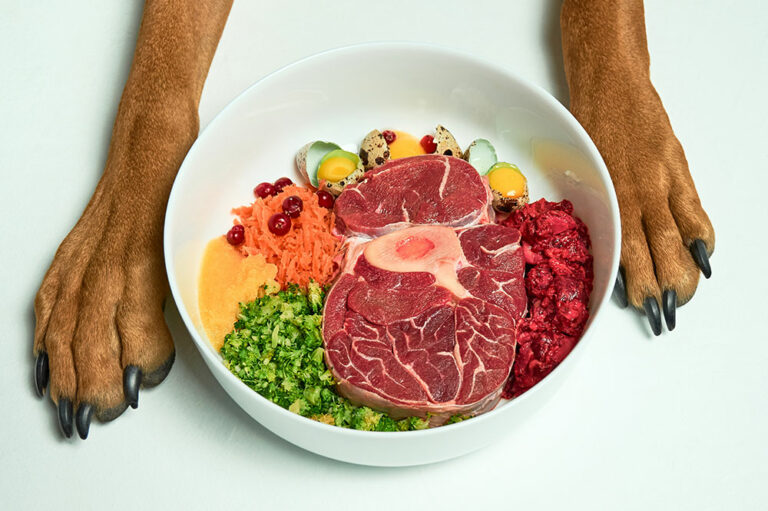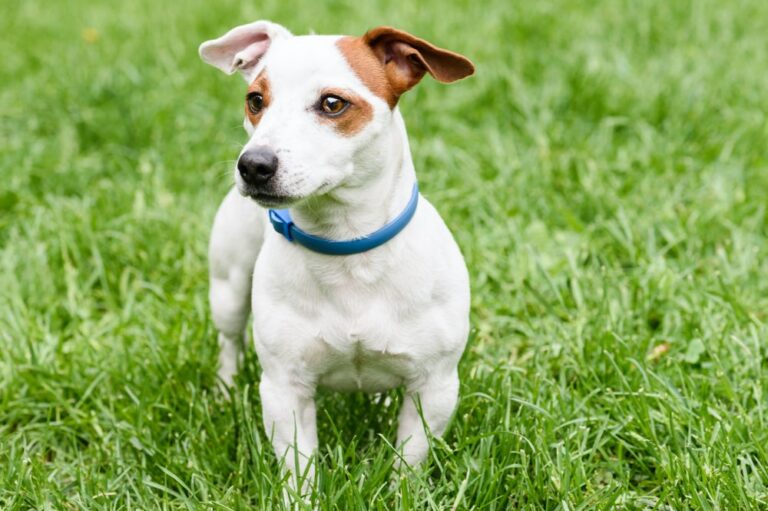
Preventing and Treating Dog Fleas
Pests can invade a dog’s furry coat and create quite havoc. Some dogs are extremely sensitive to these crawly bugs and can develop skin reactions. That said, several products are available in the market to tackle this problem, and flea tablets are one of them. These fast-acting pills control ticks, worms, and other pests, so pet owners won’t have to worry about infestations. Here are a few trusted flea pills for dogs that will actively protect your pet’s fur coat. Capstar Flea Tablets Capstar is a well-known brand for effective flea-prevention and treatment products. Their flea pills for dogs and puppies can prevent allergy dermatitis, which often occurs due to a flea infestation. Their tablets can start killing these pests within half an hour of ingestion, and they are safe enough for daily single-dose consumption. While no prescription is needed to purchase these, remember to get approval from your vet as they will know if the medicine will agree with your canine. Trifexis Chewable Tablets These strong monthly chewable flea pills for dogs are a good fix for fleas, and they also help keep heartworm disease at bay. They have a blend of pest-fighting agents like milbemycin oxime and spinosad that fight parasites and curb infestation.
Read More... 

















